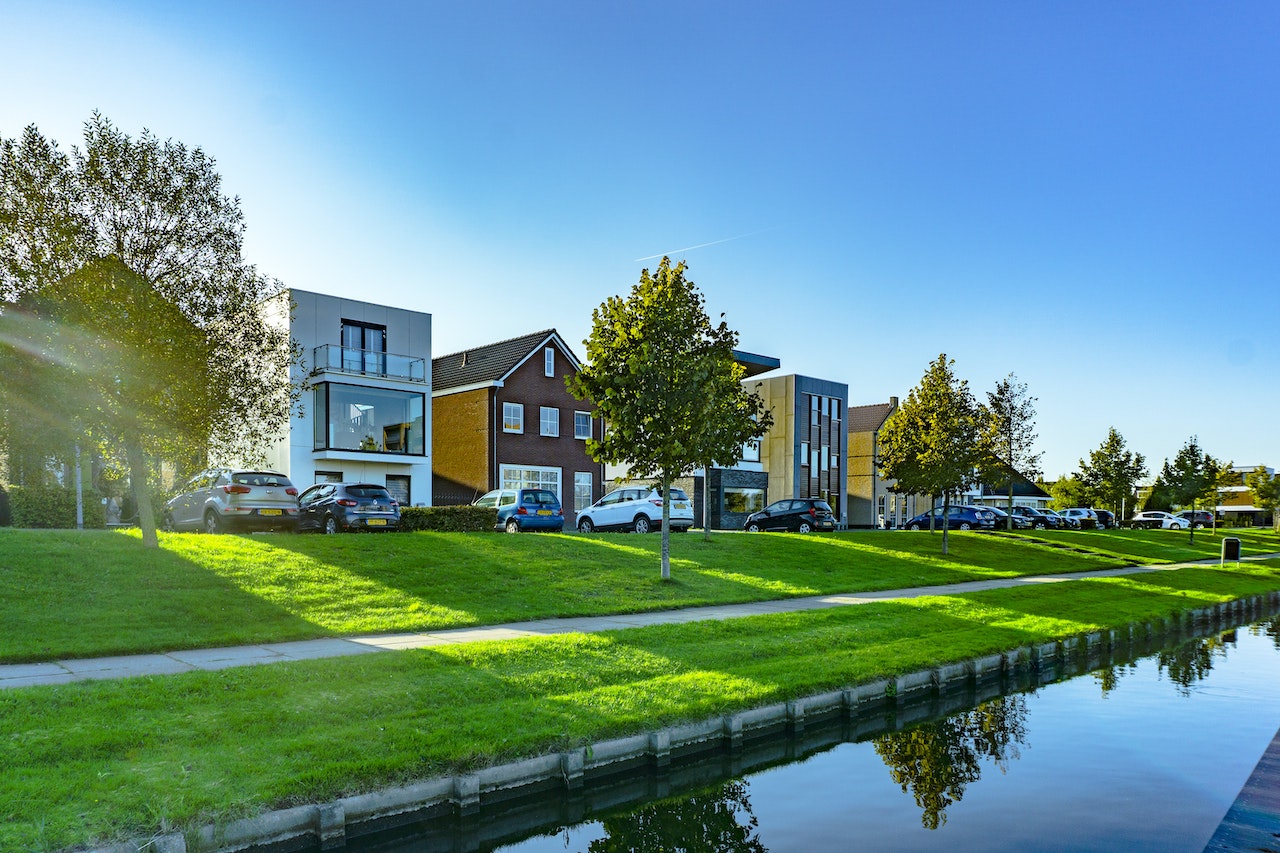
By Michael Jary, International Managing Director for Sense.
The surge in global energy prices is creating appalling hardship for consumers worldwide. But it is also a moment of acute danger for the fight against climate change. Investment in reducing emissions will bring down bills over the longer term, but the short-term cost makes that goal vulnerable to swings in political and public opinion.
It is imperative that the public support the fight against global warming. And that means reducing, not increasing, already hefty energy bills. Households need a return on investment measured in months, not decades.
Transformative technology
In many markets worldwide, there is a growing recognition that next generation smart meters have a potentially transformative role to play. With Moore’s law continuing to operate and artificial intelligence becoming exponentially more powerful, we can now cram some extraordinary capabilities into what was a utilitarian grey box. Therein lies a tantalising opportunity to reduce costs and carbon.
In North America, AI-ready, next gen smart meters are being specified in nearly every new rollout. The Landis+Gyr Revelo exemplifies the trend towards more capable smart meters. It has an AI-ready platform able to run real time load disaggregation and in-home intelligence. The same trends are underway in Asia Pacific with Australian meter buyers demanding new capabilities. In Europe, network operators in The Netherlands are leading the way. Netbeheer is challenging the industry to bring computation to the grid edge and future-proof smart meters with an innovative modular concept.
When specified appropriately, AI-ready smart meters can reduce customer bills, access flexibility behind the meter, and reduce grid costs. They do this using software rather than relying on expensive hardware installations or integrations. They can provide Real Time Load Disaggregation (RTLD), which helps consumers and networks to instantly understand energy consumption at an appliance level. This makes it simple for householders to save money on their bills, enabling them to zero in on the appliances and behaviours that are driving energy costs. Dutch customers can save on average 9% off their bill (€200) every year, with many saving up to 25% (€600).
Flexibility behind the meter
Behavioural demand side response becomes much more effective with RTLD. Consumers are issued nudges to turn down specific high consuming appliances. That makes it easy to act, maximising both load and participation. At scale, load under control becomes reliable and predictable, negating the need for direct control. Consumption, voltage, and frequency can be managed cost effectively via domestic meters. Homes can shift 4.5x more load during demand peaks or when the TOU tariff changes. For a rollout in The Netherlands, that would equate to 2.4GW shaved from peak capacity – the equivalent of two nuclear power stations!
Knowing where every EV is charging or heat pump is in use is a powerful insight. When consumption is understood at an appliance level, forecasting becomes more accurate, helping grid operators to invest with precision.
This same RTLD capability can spot faults in the home and on the grid. Householders can be alerted to floating neutrals and grid operators can be directed to vegetation brush or corroding transformers. Rather than time-based grid maintenance, networks can save huge sums by shifting to condition-based maintenance. Instead of manually inspecting for issues, engineers can locate the problem quickly and fix it. Customer satisfaction improves and costs fall.
Customer-centric approach
The key to unlocking these benefits lies with the consumer. Rightly, they control their data, it must be kept secure, and they must consent to how it is used. Other industries demonstrate that when a customer receives a genuinely valuable service and their consent is specifically secured, they are happy to share their data. They recognise the benefits and gladly participate.
Customers must also retain control over their energy usage. They should not have their lives disrupted by centralised and anonymous third-party control over their energy usage. Try to control people, neglect, or overrule their needs, and the energy industry will trigger a backlash. The energy transition could suffer irreparable damage.
That’s why Sense focusses so relentlessly on the customer. All customers are taken through a secure, app-based onboarding journey, that clearly obtains consent. Security is integral to design, with data held securely and physically separate within the meter. By providing real time load disaggregation (RTLD), customers benefit from an intuitive tool that helps them make major reductions in their energy costs. With RTLD demand side response, the customer controls what load they contribute. They retain agency, which is a prerequisite of their support.
They also gain from broader smart home awareness tools that they genuinely appreciate. Homes are safer and more secure. Customers can set alerts to warn them if they have left the iron or stove on. Parents can be notified when a teenager is home from school or when their children have been watching TV for too long! This keeps customers engaged and primed to respond to energy notifications when required. The average Sense customer, even after 12 months of usage, is opening the app nine times a month. Customers engage 1000 times more frequently with Sense compared to a standard energy portal.
Future Proofing
These capabilities do require an enhanced meter set. It can be integrated directly into the meter set, but a modular approach allows for future proofing as technology evolves. With a raw electrical signal or high-resolution sampling from the meter, a module can contain all the capability necessary to deliver these capabilities. With an open platform on the module, multiple apps can innovate using this data feed and create choice for consumers and energy companies.
The entwined crises of surging power prices and global heating require an answer. AI-ready smart meters, capable of real time load disaggregation, offer a compelling response to both. The technology required adds just a few Euros to the cost of a meter but drives huge cost savings across the rest of the energy system. Lower consumption, lower balancing, lower maintenance means lower customer bills. And we still get to deliver the energy transition.
For more information, visit our website at sense.com or contact the team directly at international@sense.com
You may also like:

To deliver net zero in time, Netherland’s next generation smart meters have a vital role to play.
